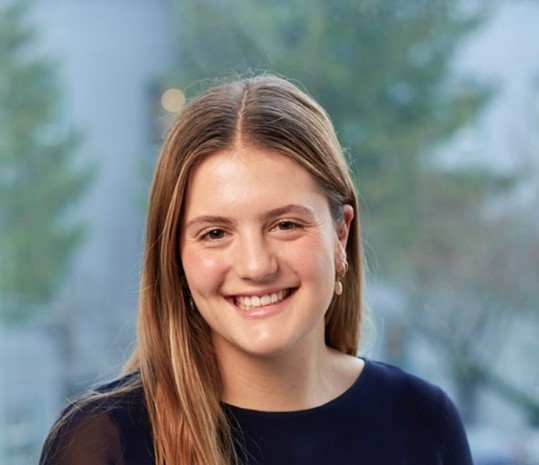
Natalie Marshall
Physiotherapist
Continued education in running assessments and bike fitting
What drew you to physical therapy?
I grew up in a very active family and through my elementary and high school years, I was always playing various competitive sports, which means I also experienced my fair share of injuries! Because of this I have been exposed to physiotherapy for a very long time and was always intrigued by the profession.
I loved the idea that I could use my knowledge of anatomy and physiology, form meaningful connections with patients, and help them recover from injury or work through pain – especially because I have seen the impact that physiotherapists have had on my life growing up.
What is unique about what you do?
Something unique about physiotherapy in comparison to other forms of healthcare is that we get at minimum, a 30-minute session with the patient. This one-on-one time is crucial for building patient rapport, and I have found that having this time allows me to treat the whole person rather than just the signs or symptoms that the patient comes in with.
What is the most rewarding part of your job?
The most rewarding part of my job is hearing from patients that they have returned to something that before treatment, they weren’t able to do. Whether that be a household task such as standing to wash the dishes, transferring from sitting to standing independently, returning to high-level sports competitions, or hitting a new personal record (PR) in the gym, it is rewarding all the same.
It is amazing to see what patients can do when they are empowered and have appropriate guidance and support.
You previously worked as a Kinesiologist in an outpatient orthopedic and neurogical setting. Tell us how this experience affected your current practice at the Physical Therapy & Research Clinic (PTRC).
Working as a kinesiologist in both outpatient orthopedic and neurological rehabilitation settings allowed me to work on my exercise prescription skills with a variety of patient presentations. Although I still had so much to learn, I feel lucky that going into the program I had that baseline experience with exercise prescription, because now it is such a huge part of my practice.
With patients with neurological conditions specifically, my previous experience as a kinesiologist tailored my ability to communicate with patients with aphasia, as well as handling patients with various mobility deficits
Was there anything challenging or unexpected when you became a physiotherapist?
The hardest thing about going from being a student to being a working professional is striking a balance between work and life It has taken me several months to get into a routine that allows me to stay on top of work tasks (charting, emails, sending exercises, prepping, extra research, etc!) while also taking time for myself to foster my hobbies, exercise, and see family and friends.
I know that I am a better physiotherapist if I am taking care of myself as well so I will continue to work at finding this balance.
What did you appreciate the most about the Master of Physical Therapy (MPT) program and studying at UBC?
The thing I appreciated most about the MPT program was the wide variety of clinical placements that we got to do. Throughout the program, I was exposed to physiotherapy in the ICU, in acute orthopedic wards, in outpatient hospital settings, in neurological rehab centers, and in private clinics in both rural and urban settings.
After all of these placements and various experiences, I had a pretty good idea of where I wanted to work and what population I wanted to work with.
What is one thing we might be surprised to learn about you?
I got ACL reconstruction surgery shortly before starting to work at the PTRC – so I have been rehabbing alongside patients!
